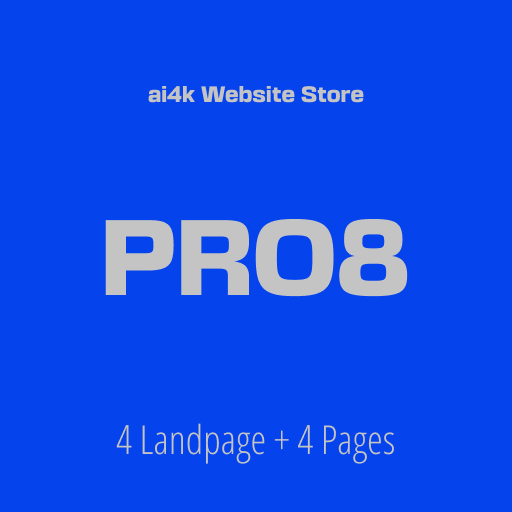Customer Acquisition vs Customer Adoption
Customer acquisition and customer adoption are both crucial aspects of a business’s growth strategy, but they refer to different stages in the customer lifecycle.
What is Customer Acquisition
Customer acquisition refers to gaining new customers for a product or service by convincing prospects or leads to purchase for the first time.
It’s about obtaining paying or registered users through marketing, sales, and partnership channels. The goal is expanding a company’s customer base.
Metrics that indicate successful customer acquisition include new customer signups and registrations, trial conversions, first purchases, and year-over-year growth in total customers.
Common customer acquisition tactics include advertising, promotions, content marketing, social media campaigns, partnerships, referrals, events etc.
Effective acquisition requires understanding target audiences, their purchase motivations, pain points and how to position products to appeal to them.
Factors like brand awareness, perceived value, ease of purchasing can influence a potential customer’s willingness to become acquired.
High acquisition costs to attract each new customer can impact long-term profitability if adoption and retention are low.
While acquisition expands reach, adoption is also needed to maximize lifetime value through repeat sales and lower churn.
Businesses may acquire customers through channels like online ads, offline events or strategic partnerships with complementary companies.
What is Customer Adoption
Customer adoption refers to customers fully embracing or integrating a product or service into their regular usage patterns and behaviors after an initial purchase or trial.
It signifies that a customer has moved beyond being an occasional or experimental user and is now a committed, loyal customer.
Adoption happens after customer acquisition – which is the stage of getting a potential customer to make that first purchase. Adoption is about maximizing the lifetime value of each customer post-purchase.
High adoption rates mean customers are deriving value from repeated, consistent usage of the product or service. They have found ways to apply it within their normal routines.
Metrics that indicate high customer adoption include retention rates, frequency of use, satisfaction scores, repeat purchases or subscriptions, and share of wallet captured over time.
Companies aim to achieve widespread customer adoption through good onboarding, training and education, integration into workflows, building habits, maximizing value perceptions over time.
Barriers to adoption include poor usability, learning curves, lack of integration with existing tools and processes, failure to realize tangible benefits.
Improving adoption helps lower acquisition costs by increasing loyalty, referrals and reducing churn. It leads to more predictable revenue streams.
So in essence, customer adoption measures the breadth and depth of customer engagement and loyalty post-purchase through consistent, long-term usage of a company’s offerings. It’s a key indicator of product-market fit.





